Sept 2 2016. Chokpak Pass, Kazakhstan. Our base camp, as I came to call it, sat at the foot of a hill that overlooked the reaches of Chokpak Pass. The hill served a strategic purpose because on its top the bird observatory maintained a large Heligoland trap, a very effective way of temporarily detaining migrant birds. A Heligoland trap is a building-sized frame and mesh structure shaped like a wedge of cheese. Birds blindly or maybe just innocently fly into its large open end and, apparently seeing no reason to turn back, carry on to the narrow end where they are gently trapped and held for banding, or ringing.

On this our first full day at Chokpak Pass, the winds were unhelpful and we saw few birds go in the trap. But still it was all very novel and we enjoyed encounters with many new-to-us species including this Black-throated Thrush an unmistakably close relative of the American Robin and the Eurasian Blackbird.
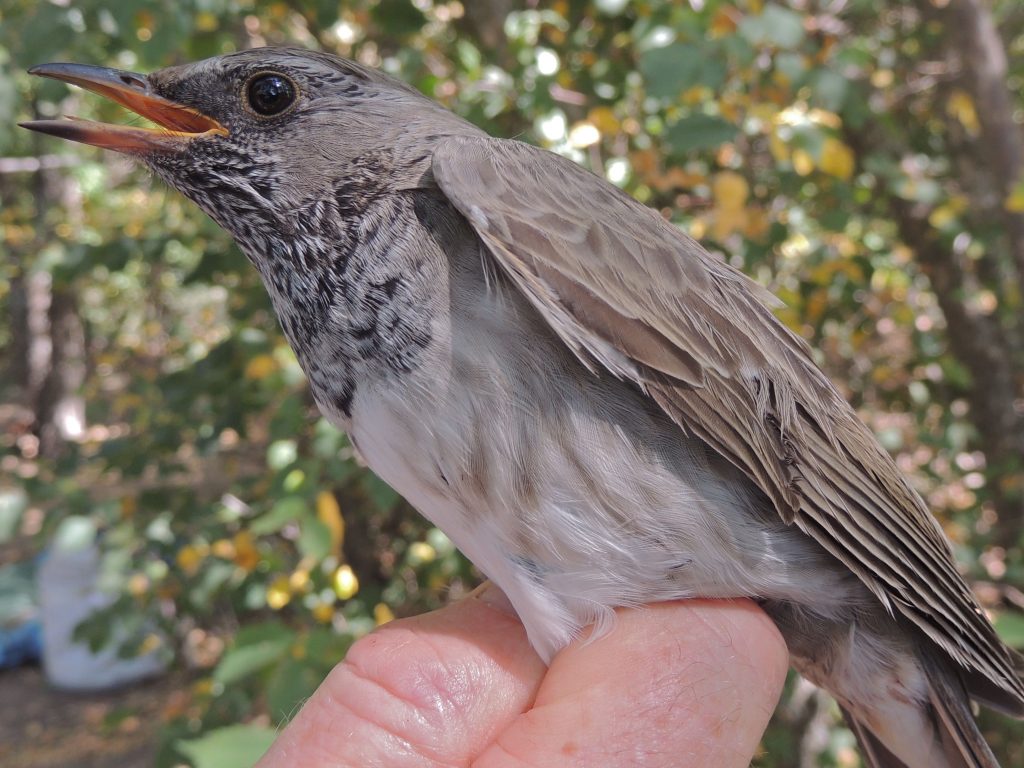
I climbed to the hilltop early in the day to get the lay of the land and learned an interesting and uncomfortable lesson, that many plants of the great Kazkh steppe, use burrs, hooks and spiky bits to ensure seed dispersal. I was repeatedly pulling off my boots and picking prickly things out of my socks. I soon learned which plants to avoid and not to wear shorts.
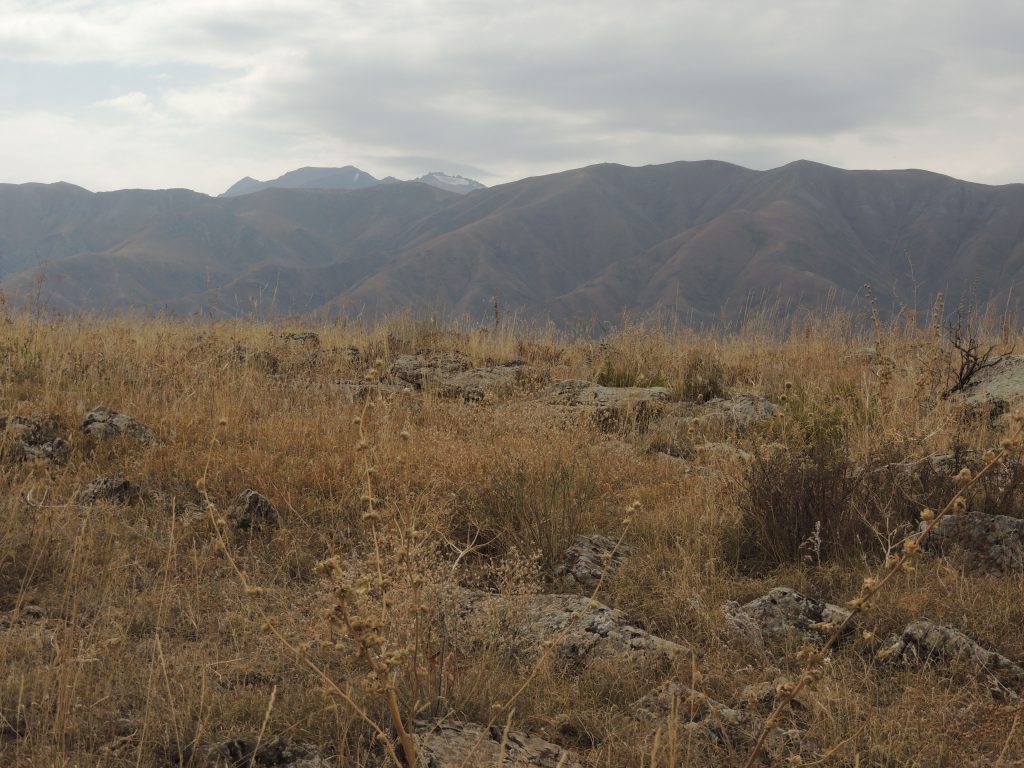
While the view from the hill was magnificent there were surprisingly few small birds to see, I caught a glimpse of a small brownish bird staying low in among the rocks and vegetation and eventually managed to get this photo. A quick check in ‘The Birds of Central Asia’ identified it as a Grey-necked Bunting which it reports as “Common on arid and rocky slopes with sparse vegetation, …. from lowland to mountains” It fits.
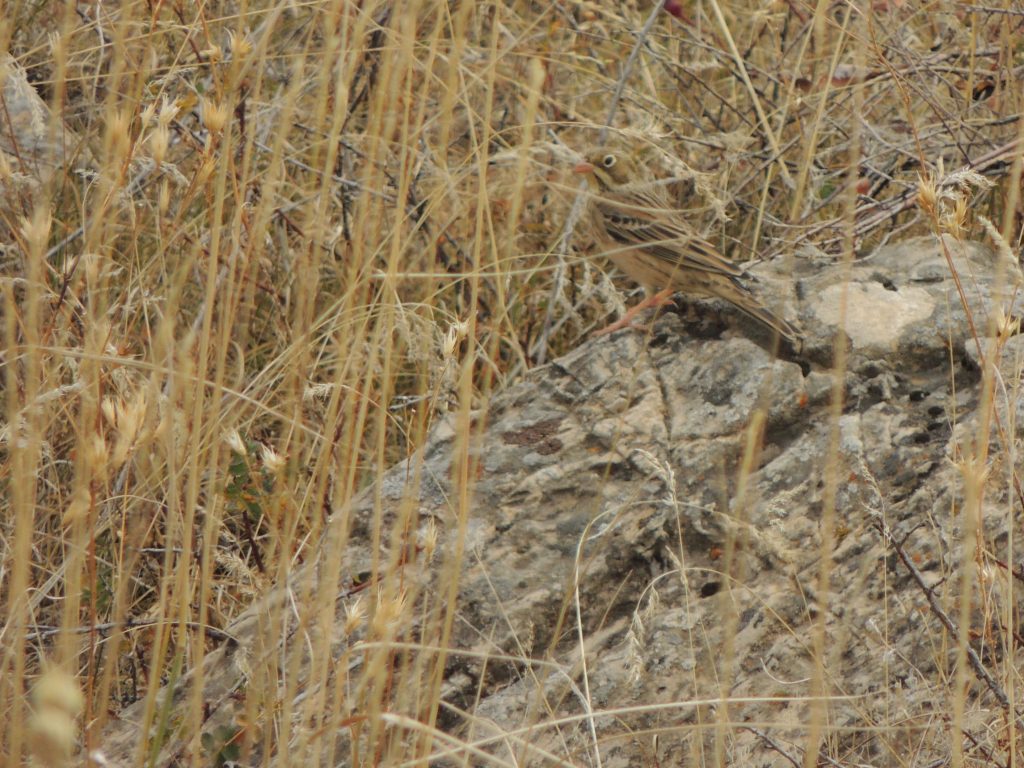
A little further on I met my Bird of the Day an Isabeline Wheatear. The Old-world has many species of wheatear, all rather handsome in a business-like way. Most flash a bold white rump when they fly and it’s from the white rump that they get the name wheatear, it is a 16th- century contraction or corruption of “white” and “arse”. Appropriately the Isabelline Wheatear is a bird of the steppe and generally dry lands and is conspicuous for its very upright posture. I was rather struck by its elegance and its name Isabelline; (what is it about enigmatic names that gets my attention?). I learned in due course that isabelline is a colour: it’s parchment or fawn, and that the origin of the word may have its roots in an early reference to Queen Elizabeth I. Interesting reading on this can be found on Wikipedia.
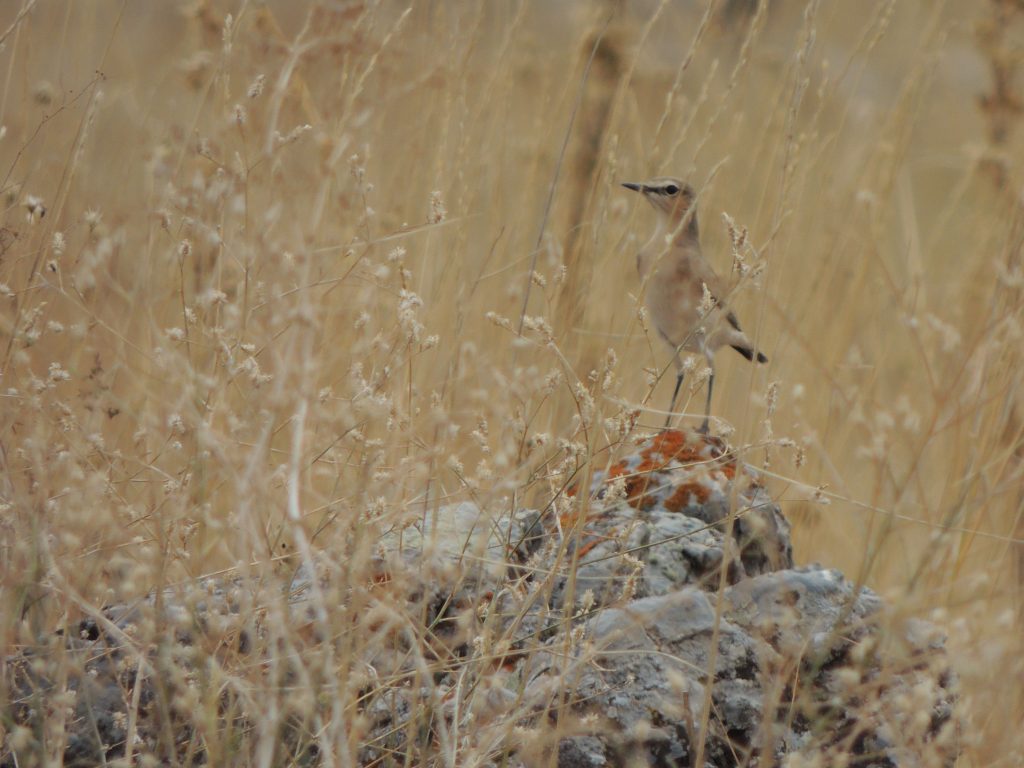
During our days in Kazakhstan we met others of the family: the Pied Wheatear and the closely related Siberian Stonechat. All are birds of open country with commanding views and all are taxonomically considered to be part of the Old-world Flycatchers family Muscicapidae.
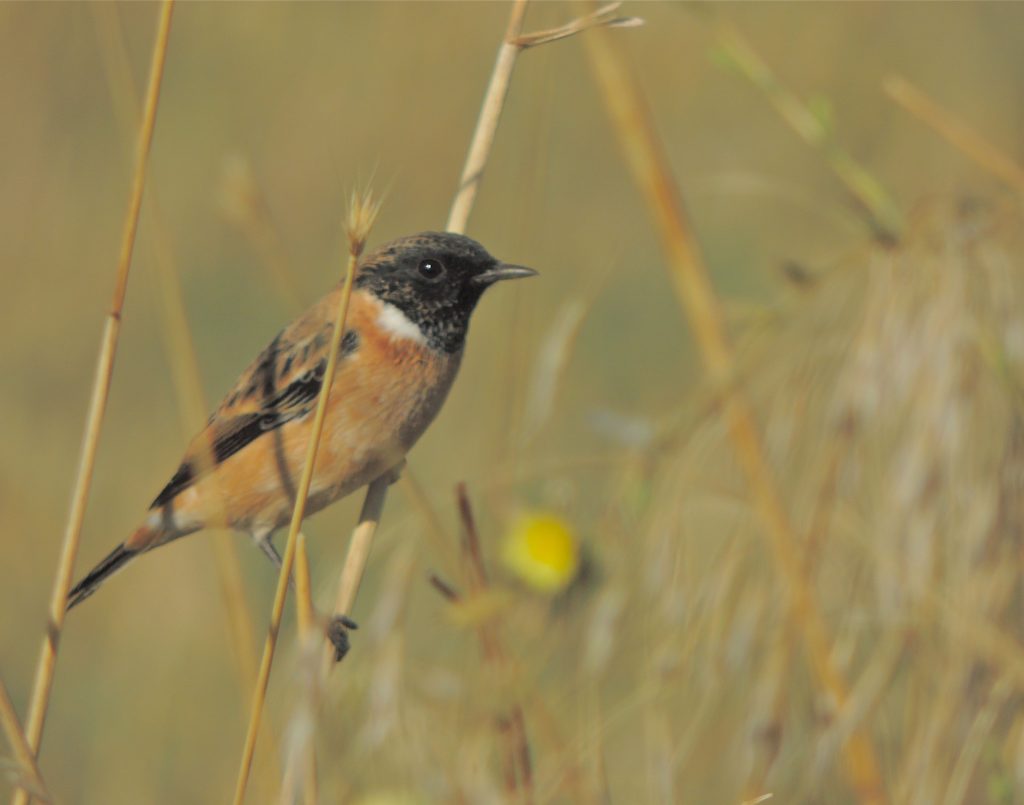
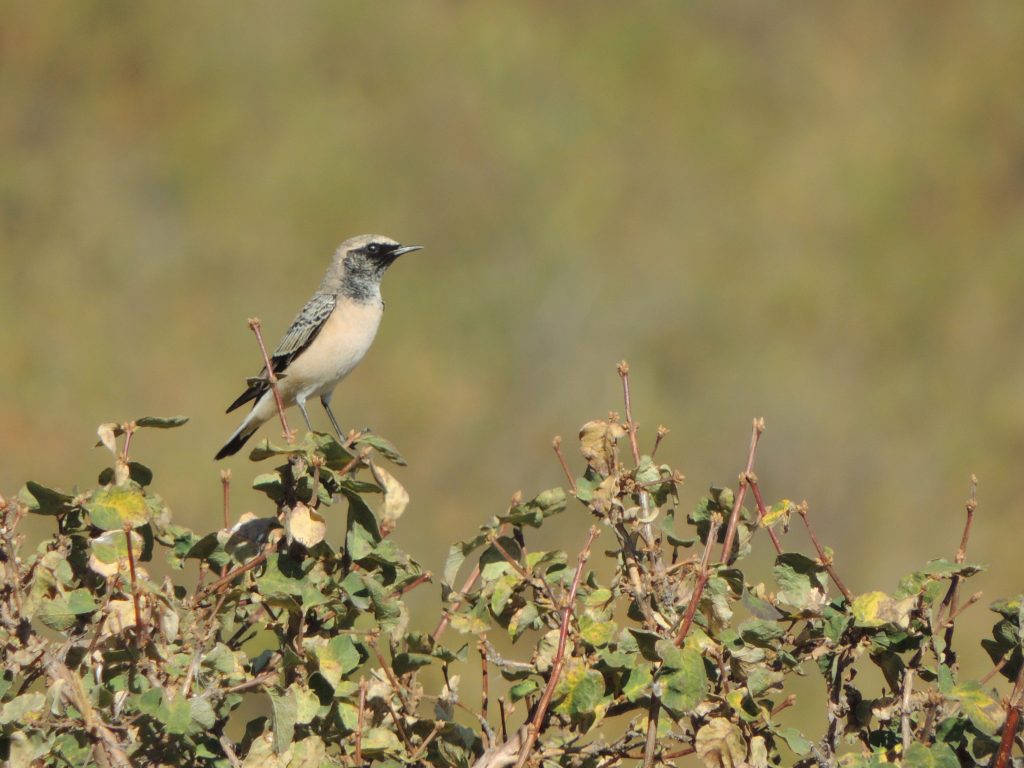
Another excellent post although I’m suffering from extreme wanderlust.